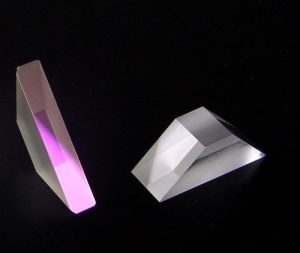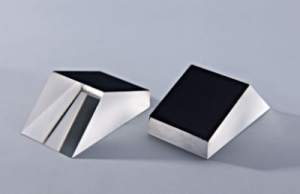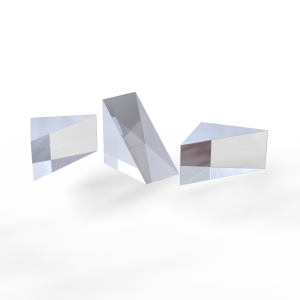Optical Filters refers to the process of coating one or more layers of dielectric or metal films on a substrate of an optical element to change the characteristics of light wave transmission. Utilize the characteristic changes generated by light waves in the transmission of these thin films, such as transmission, absorption, scattering, reflection, polarization, phase changes, etc., to design and manufacture various filter products for scientific and engineering applications. The production and manufacturing of filter technology is a complex engineering technology that involves many professional technical fields, including vacuum acquisition technology, vacuum measurement technology, computer-aided design technology, optical characteristic detection technology, electronic circuit technology, material characteristic detection and preparation technology, etc.
An optical device used to select the desired radiation band. There are two types: color filters, which are flat glass or gelatin chips of various colors, with transmission bandwidth of hundreds of angstroms, and are mostly used in broadband photometry or installed in star spectrograph to isolate overlapping spectral levels. Its main feature is that the size can be made quite large. Thin film filters are also divided into two types: thin film absorption filters and thin film interference filters. The former involves chemical etching on a specific material substrate to ensure that the absorption line is exactly at the desired wavelength.
Generally, the wavelength of transmission is longer and is often used as an infrared filter. The latter is to alternately form metal medium metal film or all dielectric film with high or low refractive index of a certain thickness on a certain substrate by vacuum deposition, which constitutes a low-grade, multi-stage series solid interferometer. The selection of the material, thickness, and series connection method of the film layer depends on the required center wavelength and transmission bandwidth λ determine.
Currently, it can reach any wavelength from ultraviolet to infrared λ Various interference filters ranging from 1 to 500 angstroms. The peak transmittance of metal dielectric film filters is not as high as that of full dielectric films, but the secondary peak and sideband problems of the latter are more severe. There is also a circular or elongated variable interference filter in the thin film interference filter, which is suitable for space astronomical measurements.
In addition, there is a dual color filter that is placed at a 45 ° angle with the incident beam and can decompose the beam into two different colors with high and uniform reflection and transmittance, which are perpendicular to each other. It is suitable for multi-channel multi-color metering. Interference filters generally require vertical incidence, and when the incidence angle increases, they move towards the shortwave direction. This feature can be used to adjust the center wavelength within a certain range.




